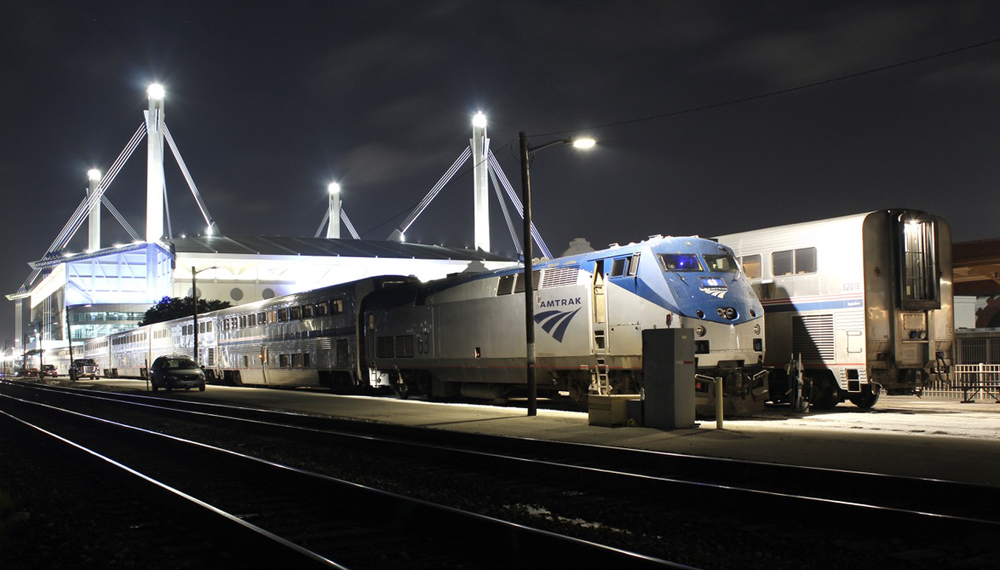
WASHINGTON — Beginning Sept. 3, the daily Texas Eagle will gain a Superliner sleeping car and coach three days a week in each direction, adding seats, rooms, and revenue on a train that has suffered near-daily sellouts since capacity and amenity downgrades as part of October 2020 cuts driven by the COVID-19 pandemic.
The additional cars will be on Chicago departures on days when the Eagle connects with the triweekly Sunset Limited in San Antonio. The eastbound train will begin benefitting from the additional capacity with the Sept. 8 departure from Texas.
Harris Cohen, Amtrak’s service and consist planning director, last week shared equipment assignments and strategy at length with News Wire. He says, “We’ve been analyzing operations to increase ridership and revenue opportunities throughout the long-distance network.” Cohen found existing practice at San Antonio is “largely inefficient from an equipment standpoint.” The new plan, he adds, “will improve equipment utilization by eliminating layover cars and reduce San Antonio switching.”
Cohen conferred with the transportation and mechanical departments, “and we determined this would be an improvement. It did require one additional coach we were able to provide to make it work,” he says. “Everyone is looking forward to this and being able to sell more seats.”
Connecting cars not new
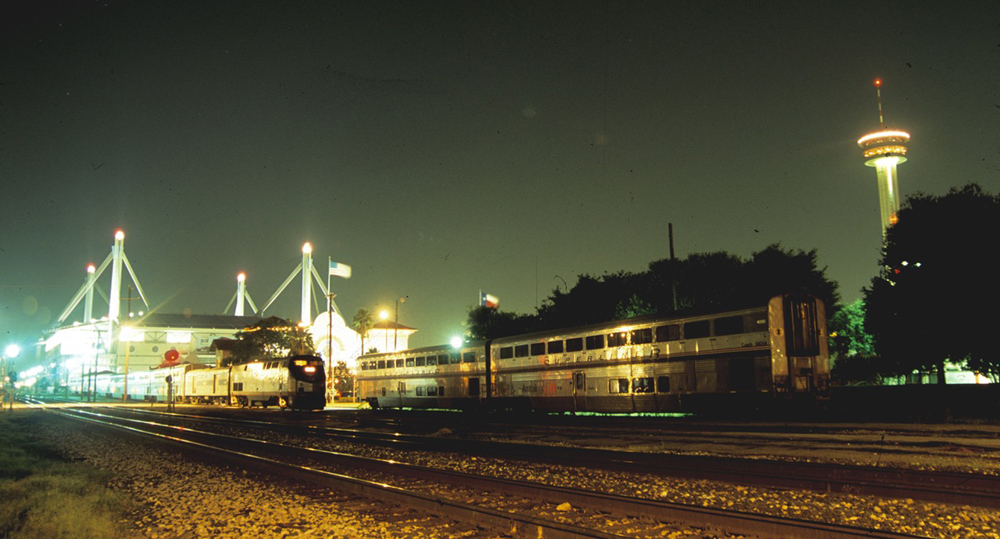
For more than two decades, an Eagle Superliner coach and sleeper from Chicago would either be conveyed to the Sunset or sit idle for as many as five days if the cars happened to arrive on an evening when the Sunset didn’t operate.
Amtrak lived with the inefficiency, in part, because a multi-hours-late train from Los Angeles during Union Pacific’s early 2000s meltdown period would jeopardize an on-time eastbound Texas Eagle San Antonio departure. Buses would often be chartered so connecting passengers could “catch” the train at Fort Worth, Texas. But when the Eagle lost a Sightseer Lounge, third coach, and transition sleeper to accommodate onboard crew, the reduced capacity translated to regular sellouts and high prices.
Now, starting in September on Tuesday, Friday, and Sunday out of both Chicago and San Antonio, the Eagle will operate with two sleeping cars and three coaches; an additional Chicago-St. Louis coach will continue to be added daily to augment capacity on the Lincoln Service corridor. The new arrangement simplifies San Antonio switching because every time the westbound Eagle arrives in the evening, it will leave the following morning with the same core consist.
Asked when the Eagle might regain a Sightseer Lounge, Cohen would only say that it “won’t be in the winter plan.” Amtrak spokesman Marc Magliari interjects, “We have lots of intentions all over the system because we are still restoring cars.”
System additions and subtractions
Other trains around the national network will undergo consist changes that reflect Amtrak’s current equipment availability limitations, but attempt to address where capacity is needed most. All have experienced sleeping-car and coach sellouts most of the year to date. From west to east:
Sunset Limited (Los Angeles-New Orleans, Superliners): A coach-baggage car (seating only on the upper level) will be added in September. The train currently operates with one coach, one sleeper (plus the Texas Eagle revenue cars west of San Antonio), a Sightseer Lounge, diner, and baggage car. Cohen says, “Looking ahead, we do intend to add the transition sleeper back in a future season.”
Coast Starlight (Los Angeles-Seattle, Superliners): Picks up a second full coach in September. It now runs with two standard sleepers, a transition sleeper, one full coach and one coach-baggage, plus a lounge and diner.
Southwest Chief (Los Angeles-Chicago, Superliners) and Empire Builder (Seattle/Portland, Ore.-Chicago, Superliners):
The Chief gains a full coach on Aug. 1 but loses a second sleeper in early September. The L.A.-Chicago train has struggled all year with one full coach and a coach-baggage. Unfortunately, the coach is coming off the Seattle section of the Empire Builder during the height of the summer tourism season.
Cohen explains, “We’re seeing growth all around between the [Chicago-St. Paul] Borealis and the Empire Builder, but we think a third coach on the Chief will be more valuable than a fourth coach on the Builder.” The Portland section retains its full coach and coach-baggage, plus Sightseer Lounge and sleeping car. That still isn’t sufficient capacity on a route with popular intermediate destinations, even in the fall and winter months.
A significant problem also is that the Builder’s Seattle section does a brisk coach business west of Spokane, so sellouts on that segment will hurt long-distance patronage. However, the same situation has been occurring often in Illinois on the Chief.
The five regularly assigned sleeping cars the Chief is losing (one for each of its five trainsets) will provide two Auto Train car lines on its two trainsets as its peak season ramps up.
California Zephyr (Emeryville, Calif.-Chicago, Superliners): The train is assigned a transition sleeper and two standard sleeping cars, but only one coach and one coach-baggage in addition to a diner and lounge. “We recognize that the Zephyr needs another coach but we don’t have the ability to do that right now,” says Cohen. Six coaches would be needed.
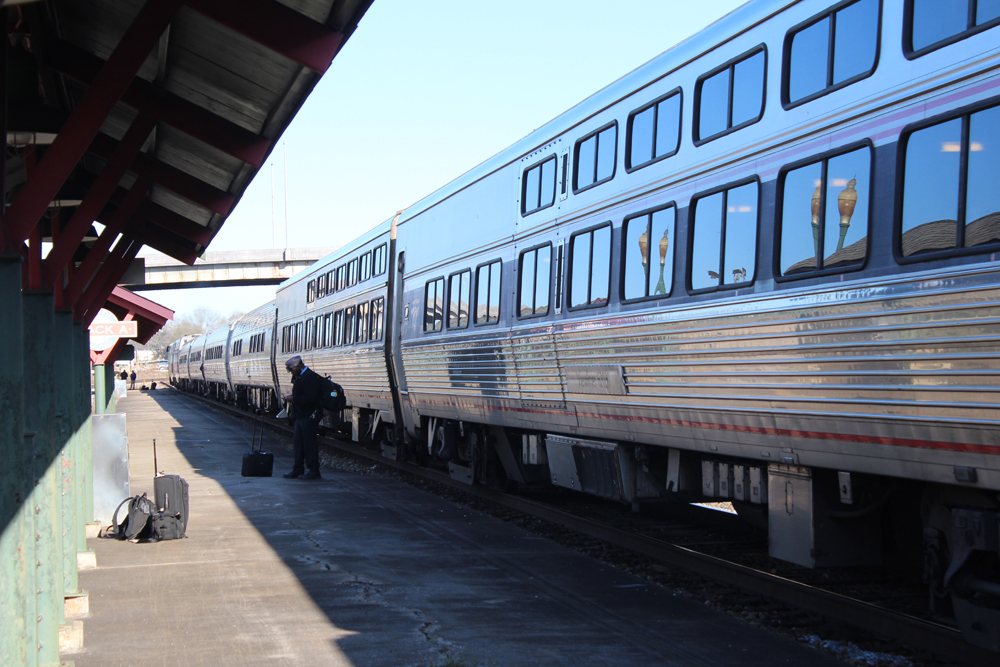
Crescent (New Orleans-New York, Viewliners and Amfleet): The train currently runs with an Amfleet II cafe, a recently added Viewliner diner, two sleeping cars, and a baggage-dorm where some roomettes are available for sale, but one sleeper will be removed between Sept. 3 and mid-November.
“It was unavoidable,” says Cohen, “due to scheduled COT&S work [brake system four-year inspection and rebuilding] and other maintenance.”
That may be, given Amtrak’s current capabilities, but dropping that much needed capacity could have been avoided if management had prioritized returning at least nine “inactive” Viewliner I sleeping cars to operation during fiscal 2024. The Crescent’s second full sleeper is set to return in time for the November and December holiday season, but won’t be available to capture revenue while turning away customers until then.
Silver Star and Silver Meteor (Miami-New York, Viewliners and Amfleet): Cohen and Magliari would not comment on possible plans to combine the Chicago-Washington Capitol Limited with the Silver Star [see “Amtrak may be planning to combine …,” News Wire, July 10, 2024], but the Florida trains have been running with four coaches during the summer and will go to three in mid-September for. The Star will continue with two Viewliner sleeping cars and the Meteor with three into the winter season.
Other overnight long-distance train consists remain unchanged for now. This includes the Cardinal, Lake Shore Limited, and City of New Orleans. Of the three, only the City doesn’t experience near-daily sellouts. In part, this is because the train operates under axle-count and Superliner-only requirements imposed by Canadian National on the route it shares with the Chicago-Carbondale, Ill., Illini and Saluki.
Demand has been brisk on those Illinois-sponsored services, and Cohen says a fifth revenue coach will soon be added to the morning Chicago inbound and afternoon outbound trains. “We have a base consist of coaches and a snack coach, and CNOC [the Consolidated National Operations Center in Wilmington, Del.,] will do their best [to find additional Superliners]. If they have a different car type available, they will assign it,” says Cohen.
Lately, one of the Illini-Saluki sets has been filled out with an unoccupied Sightseer lounge and transition sleeper. Reassigning single-level equipment to those trains wouldn’t solve the Superliner shortage that is preventing Amtrak’s long-distance network from capturing more ridership and revenue, but for now it appears to be a “given” that adds to the challenges and resulting decisions the company is sharing with News Wire.
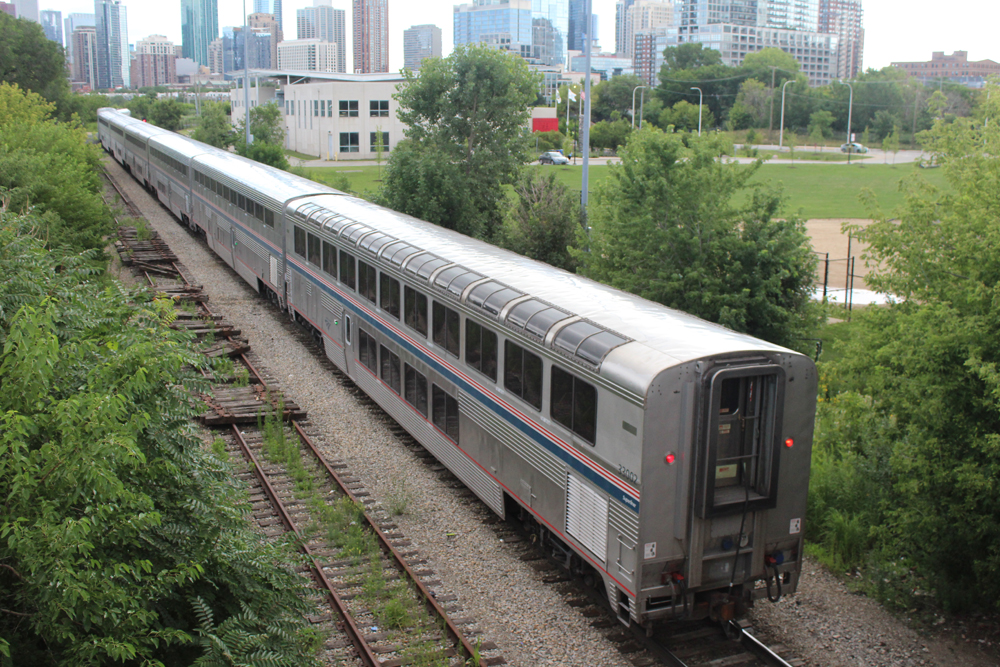







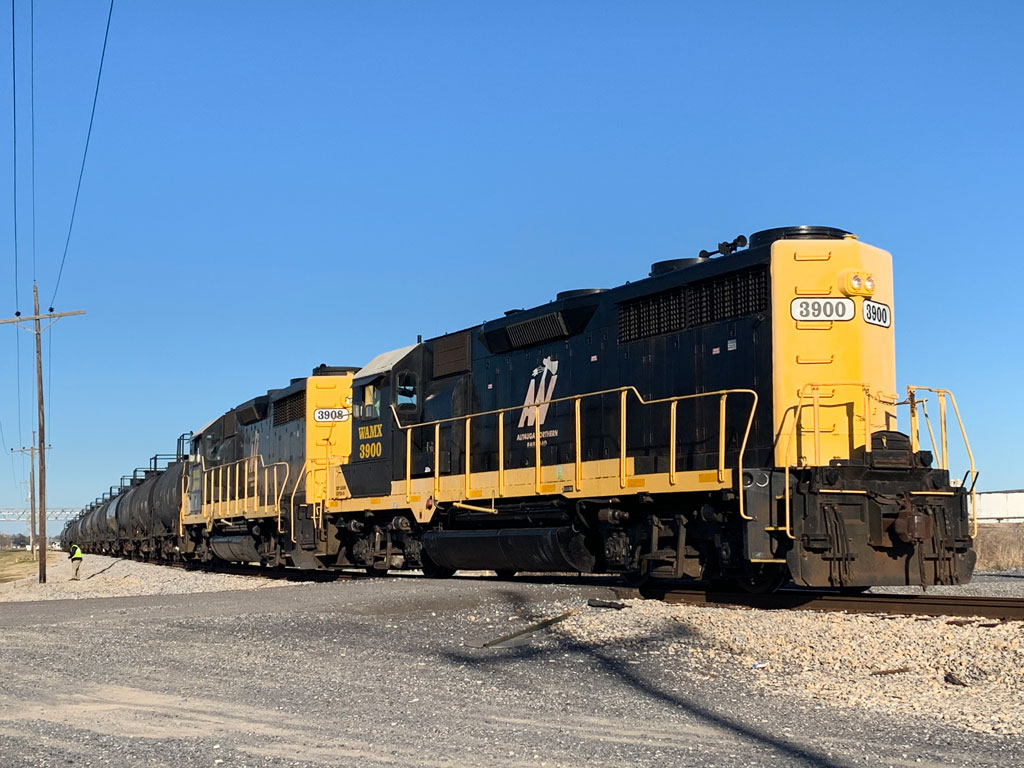
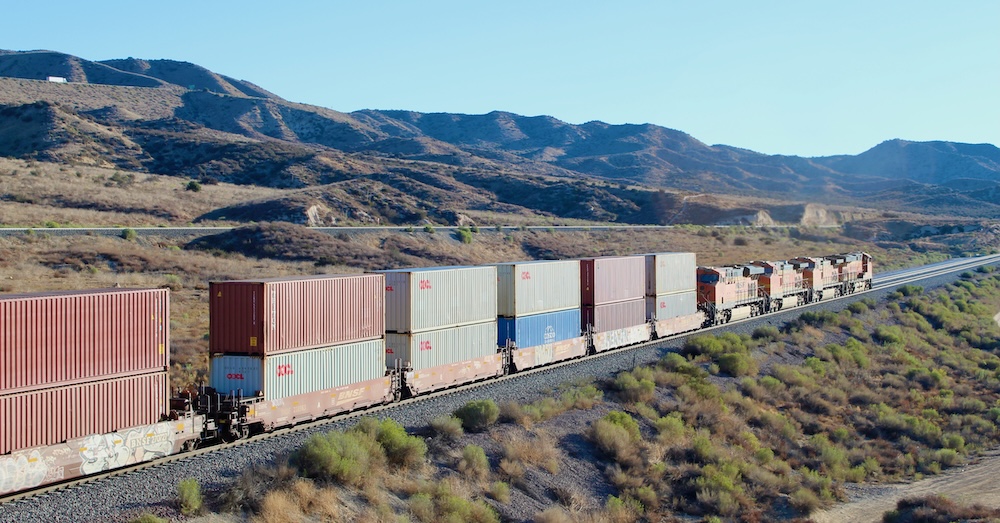




“Crescent (New Orleans-New York, Viewliners and Amfleet): The train currently runs with an Amfleet II cafe, a recently added Viewliner diner, two sleeping cars, and a baggage-dorm…..”
What? NO COACHES?
????
The same plan that informed customers of plans to restore a dining car on the Crescent( already implemented) also reveals that Sightseer Lounges are to return to the Texas Eagle beginning in Q1 FY-25! Yet Cohen seems to retract on this statement! Magliari has a different response! It’s already infuriating enough that Amtrak chooses to make the experience unpleasant for passengers on the Eagle by forcing them to stay in their seats for the entire journey since the abominable decision to remove the Eagle’s Sightseer Lounge car! But the inconsistency in reporting makes it even more frustrating as we can’t know what Amtrak’s true intentions are! One thing‘s for sure that is the Sightseer Lounge removal was UNNECESSARY!! The Eagle’s journey is simply too long to not have a lounge to stretch out in or just simply leave your seat! Management, who is crazy to think that the Eagle can do just fine without a lounge, should experience the Eagle themselves!!
How long does it take to do a COT&S on a passenger car? In a yard carshop if we had the brake valves and other parts on hand, the car was in at shop in the morning and out by the end of the day.
They should have switched the Capital Ltd to single level cars sooner than late 2024; they should also single level the CNO. Why not reassign some of the AutoTrain sleepers to the western routes where they collect more revenue on two nights than on single night? Or is the AT part of the sacred NEC?
Since the Illini and the Saluki are not running with Midwest pool cars anyway, I wonder if Amtrak could add ballast to a sub-fleet of single level cars to run those trains. This would get around the weight issue in traversing the CN signal circuits, while freeing up Superliners for the long distance fleet.
What is holding up the FRA’s approval of Amtrak’s solution? That might free up more Superliners? It is obvious that at present Amtrak is not planning on getting those cars until the FRA might aspoprove?
Got to give it to this man Harris Cohen …. not everyone would want a job juggling every last piece of equipment, knowing that reliability is beyond his control and there is no protection rolling stock. Knowing that he’s in a job where failure is inevitable, perhaps on a daily basis.
I’ve had bad things happen on other transportation carriers — a five-hour delay at the Denver airport when not one but two planes had mechanical problems, an annulled train in England meaning I had to wait an hour for the next train… and a mechanical problem en route in Netherlands that resulted in a 20-minute delay. On Amtrak if anything goes wrong (and it will) relief is in multiples of 24 hours.